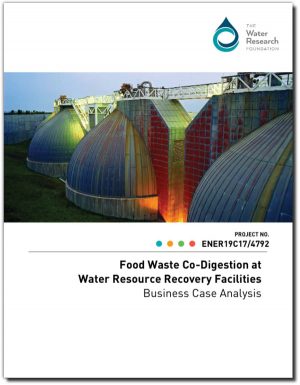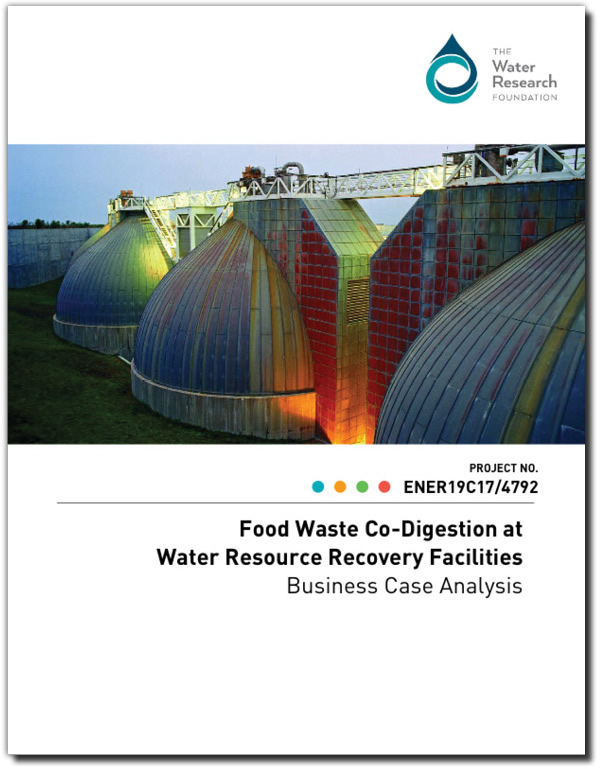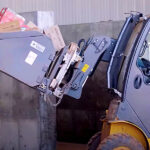
A new report provides insights about the strategies water resource recovery facilities (WRRFs) have used to address the range of risks and impediments they face in adopting codigestion. Funded and released by the Water Research Foundation, the report also outlines a diagnostic framework that individual WRRFs can use to analyze opportunities and potential business strategies for codigestion at their own facilities. “A successful business strategy for codigestion will create value for the WRRF while managing potential risks,” explains lead author Carol Adaire Jones, an economist and visiting scholar with the Environmental Law Institute, who wrote an article based on the report’s finding in BioCycle.“But a successful business strategy needs to be tailored to the utility’s policy and market environments, as well as to its long-term mission and strategic goals, organizational culture, and resources.”
Codigestion is a core element of the wastewater sector’s “Utility of the Future” (UOTF) initiative, which envisions the sector shifting to a circular economy business model — whereby wastewater treatment plants disposing of waste are transformed into WRRFs managing critical resources. By codigesting food waste with wastewater biosolids, WRRFs are able to substantially expand the recovery of valuable renewable energy, as well as soil amendment and nutrient products from digestion residuals. To accomplish this transformation, the UOTF initiative identifies a clean water “innovation ecosystem” in which wastewater utilities are at the core of an ecosystem of innovative technology developers and suppliers, the finance community, energy utilities, public and private elements of the solid waste sector, and state and municipal governments. The UOTF innovation ecosystem framework provided the analytical framework for the report, which presents 6 major case studies and 25 thumbnail sketches that represent the full range of WRRF characteristics, policy and market environments, and strategic choices in food waste feedstocks, energy uses, biosolids uses, contracting, and financing options.
February 4, 2020 | AD & Biogas, Food Waste













